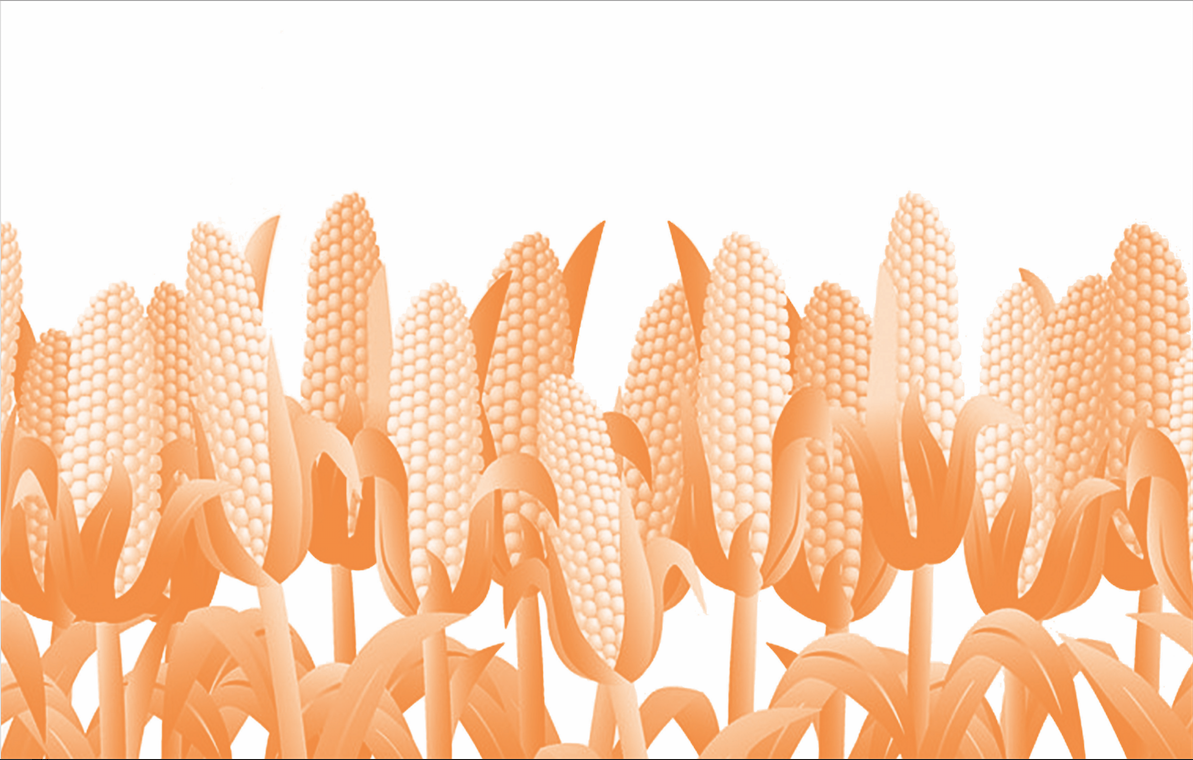
In Kenya’s kitchens, danger sometimes arrives disguised as comfort. The porridge is sweet. The githeri is familiar. Skilful hands roast the groundnuts just right—golden, fragrant, and inviting. However, hidden deep within these staples, a silent killer thrives—unseen, unsmelled, untasted. Its name is aflatoxin, and it strikes with clinical cruelty: damaging livers, stunting childhoods, cutting lives short without warning.
This is not just a food safety issue; it is also a public health concern. It is a public health crisis wearing the mask of an everyday meal.
In the fight against aflatoxins, innovation is no longer a luxury. It is the only way out. The path forward now winds through unexpected terrain—through farms and food stalls, through laboratories and mobile apps, even through the country’s sewage systems. If that sounds unusual, it is because this time, science is not following the recipe. It is rewriting it—from the grain store to the gutter.
Seasonal and deadly
For decades, Kenya has battled this invisible enemy. However, the threat remains stubborn, seasonal, and deadly. Each rainy season brings fresh outbreaks, stealing harvests and lives—especially from smallholder farmers with limited access to early warnings or safe storage. Worse still, cancers always stalk in silence and emerge years later, devastating families and communities.
Now, the tide may finally be turning. In a rare blend of brainpower and boldness, a team of Kenyan and Danish scientists is rewriting the rules of this long fight. Backed by the Danish International Development Agency, they are not just adding tools to the toolbox—they are building an entirely new one. From digging into Kenyan soil to peering into public toilets, these researchers are harnessing microbes, machines, and mobile technology to outsmart a toxin that has outlived far too many warnings.
Their mission? To create a climate-smart, AI-powered, microbe-wielding defence system that protects the entire food chain—from farm to flush.
Pulling every lever
This five-year research collaboration, funded by the Danish Ministry of Foreign Affairs and coordinated by DANIDA, brings together the Kenya Bureau of Standards, the University of Nairobi, Chuka University, and the Technical University of Denmark. Together, they are pulling every lever in the lab, the field, and the sewer to track, tame, and ultimately eliminate aflatoxins at every stage—before they end up on your plate, or worse, in your bloodstream.
So how do you fight an invisible enemy?
You start underground—literally. The research team is diving into Kenyan soil and age-old fermented staples like uji and kimere, not for nostalgia, but for microbial heroes. These natural microbes—some hiding in the dust, others thriving in porridge pots—are being scouted for their unique ability to block the very fungi that produce aflatoxins. The philosophy is elegantly simple: let nature fight nature.
However, this isn’t guesswork. Using advanced lab tools—some developed in Denmark, others proudly homegrown in Kenya—the scientists are putting each microbe through a kind of microbial boot camp. Only the strongest, most efficient mould fighters will make the final cut. These “good microbes” will form the biological frontline, protecting crops before the fungi even get a chance to strike.
Need to protect lives
This proactive approach shifts the focus from damage control to early defence. If successful, it could mean fewer losses in the granary, healthier food on the table, and fewer tears in the hospital ward. It's science with soul—grounded in tradition, powered by innovation, and driven by the urgent need to protect lives.
Then comes the unexpected twist: scientists are tracking aflatoxins in sewage. Yes, you read that right. In the sewage. How is that? Human waste holds more than just what the body discards—it holds clues about what communities are eating and what toxins they may be silently absorbing.
Dr Patric Njage of the Technical University of Denmark explains that sewage provides a real-time snapshot of population-level exposure to aflatoxins. This unconventional but powerful approach can help identify emerging danger zones and trigger timely interventions, long before symptoms escalate into a health crisis.
Delivering foresight
This bold strategy is reinforced by another breakthrough: Artificial Intelligence. Through a mobile application, farmers and public health officers will receive real-time alerts tailored to their location. Imagine a prompt on your phone reading: “Aflatoxin risk high in your area—harvest early, inspect your storage, and apply biocontrol.” It is a digital guardian for grain and health—delivering foresight, not just data.
Prof Shelmith Munyiri of the University of Nairobi captures the urgency with precision: “Kenyan children are growing up exposed to aflatoxins, daily. It is in the food, and it is hurting families. This project could change that story.”
This effort is not simply about killing mould. It is about restoring confidence, empowering communities, and building a future where food is not only abundant but also safe. Even our toilets, once ignored in this conversation, now serve as essential tools in protecting our public health.
In the fight against aflatoxins, innovation is no longer optional. We must follow the lifeline—whether it leads to the field, the lab, or the flush.
Research and Development Chief Manager at the Kenya Bureau of Standards












